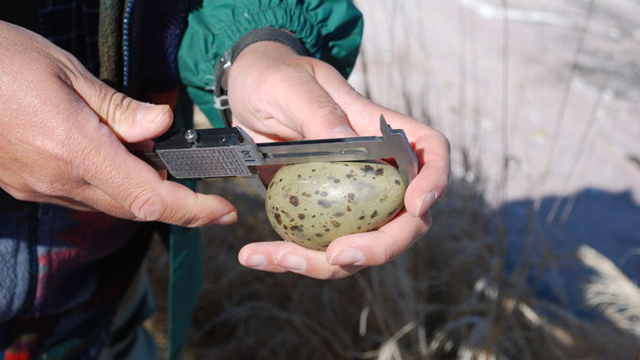
Doug Crump of Environment and Climate Change Canada has travelled the Great Lakes for many years as part of work to ensure wildlife is conserved and protected.
Central to Crump’s work are field assessments of the health of colonial bird populations at contaminated sites, using herring gulls as a model species.
In short, Crump measures contaminant levels in herring gull eggs.
From islands in the Detroit River to Lake Superior’s Black Bay, his work has taken him to even the most remote Great Lakes locations, all in a quest to learn more about the nature and extent of contaminants in wildlife.
While Lake Superior is noted as being the cleanest of the Great Lakes, Thunder Bay itself has been designated as a Great Lakes area of concern by environmental authorities in both Canada and the U.S. On many occasions, Crump has visited herring gull nesting sites on islands in Thunder Bay and also Black Bay, just east of Thunder Bay.
Much of Doug’s work takes place just after ice out, when birds are nesting. Photos of his work often show large pieces of ice or piles of snow still in place on island shorelines.
Crump has collected years of data quantifying contaminant levels in herring gull eggs. Data collected from remote Granite Island in Black Bay, just east of Thunder Bay, allows him to make sense of information collected on islands in Thunder Bay.


